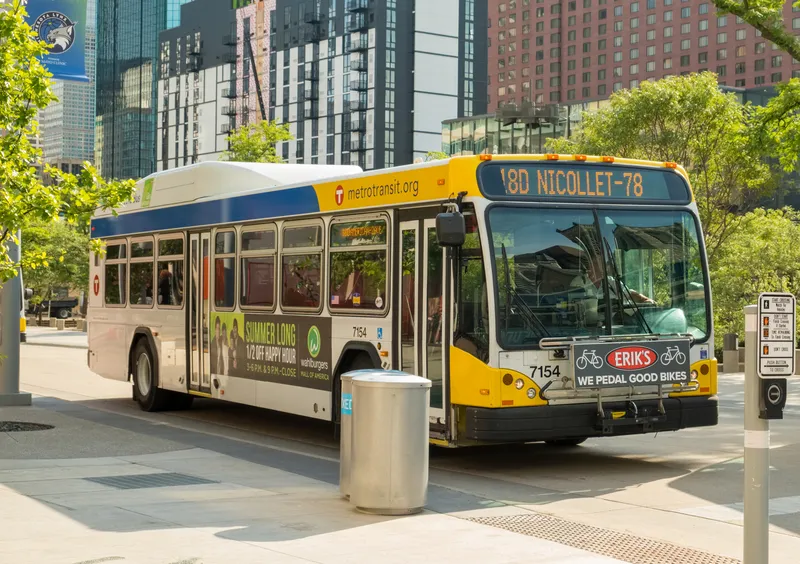Mentor Engineering has been awarded a US$2 million contract from the Central Oklahoma Transportation and Parking Authority to implement a complete end-to-end transit ITS system for Oklahoma City’s Metro Transit.
March 15, 2012
Read time: 1 min










